Specifications
Material:Acrylic Case + Electronic Components
Size:Approx. 8.5×6.5×3.7cm/ 3.35×2.56×1.46′
Processor:For ARM 32 Bit Chips
Carbon Dioxide Sensor Chip:SensorAir S8 0053(click to download document)
Font color:Multi Colors
Screen:2.8′ TFT (2 different display)
Resolution Ratio:320×240
Power Supply:DC 5V
Operation Current:1-2A
Temperature Measure Range:-20 to 60 →
Accuracy:÷0.1 →
Language Version:English
Features
– Multipurpose in air quality detection in PM1.0, PM2.5, PM10.0, AQI, CO2,temperature&humidity, suspended particulate matter
– Acrylic clear case shell, high transmittance to be looked through
– Built in for ARM 32 bit processor, accurate detection & system fluency
– 2.8′ TFT screen, colorization display, wide angle vision up to 180
– High sensitivity sensor ensures the high accuracy in data collections
– Semi-closing design performs excellent in heat radiation, long-life use
– Real-time detection results will be shown on screen in corresponding colors related to collected datas
– Lightweight, easy to use and be a straightaway in data interpretation
– Power supply in DC 5V universal, usb socket, car charger, power bank, etc
– Suitable for home/office and car or part scope on air quality detection
What are PM10, PM2.5 and PM1.0
In addition to gaseous pollution, the surrounding air may also be polluted by particles. These particles (suspension, liquid or solid) with different compositions and sizes are sometimes called ‘aerosols’. They are usually classified as ‘suspended matter’ and are often referred to as PM (abbreviation of ‘Particulate Matter’ in English).
The floating fabric is generally classified according to ‘aerodynamic diameter’. The aerodynamic diameter of a dust particle is the diameter of a spherical particle, and the diameter of the spherical particle shows the same behavior as the dust particle in ambient air (not necessarily having a spherical shape). In the context of air quality issues, particulate matter is particularly important.
Fine particles such as PM10, PM2.5, and PM1 are defined as parts with aerodynamic diameters of less than 10, 2.5, and 1 ┢m (information:1 ┢m = parts per million) meters or thousandths of a millimeter ). For comparison, the average diameter of human hair is 50-70 ┢m.
What is the difference between PM10, PM2.5 and PM1.0
PM1:PM1 is much finer than PM2.5. The main source of PM1 is mainly daily power generation, industrial production, indoor environmental pollution, etc., which is difficult to judge by the naked eye. PM1 mainly comes from the burning of fossil fuels, such as coal and VOCs.
PM2.5:PM2.5 has a small particle size, large area, and strong activity. It is easy to attach toxic and hazardous substances (for example, heavy metals, microorganisms, etc.), and it has a long residence time in the atmosphere and a long transportation distance. Human health and atmospheric environmental quality have a greater impact. PM2.5 is mainly smog and dust from roads in daily life.
PM10:PM10, also known as respirable particulate matter, refers to particulate matter with an aerodynamic equivalent diameter of 10 microns. Usually comes from motor vehicles driving on unpaved asphalt and cement roads, crushing and grinding of materials, and dust raised by the wind.
Carbon dioxide detection value
a) 250 ~ 350ppm:Normal outdoor air level.
b) 350 ~ 1,000ppm:Typical value in a well-ventilated living space.
c) 1,000 to 2,000 ppm:an air level with insufficient oxygen, which is drowsy and sufficient to cause complaints
d) 2,000 ~ 5,000ppm:stagnant, old, sultry air level. It is headache, drowsiness, accompanied by inattention, decreased concentration, rapid heartbeat and slight nausea.
e)> 5,000 ppm:Exposure to it may cause severe hypoxia, resulting in permanent brain damage, coma and even death.
PM2.5 Sensor Working Principle
Multi-angle Laser Scattering Detection, laser irradiation in the suspended particulate matter in the air and generate scattering. Scattered light will be collected in a specified angle at the same time. According to the scattering intensity, time-varying curves can be obtained through the sensor. Being processed by the microcomputer processor, equivalent particle diameters and the number of suspended particulate matter with different sizes in per unit volume can be obtained.
Carbon Dioxide Sensor Working Principle
When infrared light passes through the gas to be measured, these gas molecules absorb infrared light of a specific wavelength, and its absorption relationship obeys the Lambert-Ber absorption law. The concentration of the gas is measured by the change in light intensity. Between the vibrations, the gas molecules have different, specific atomic absorption wavelengths in the infrared band, so the gas concentration can be detected by measuring the absorption of optical energy at specific wavelengths. Inside the gas chamber, the infrared light source emits light in the infrared band . The energy of the light is absorbed by the gas in the gas chamber. The total energy absorbed corresponds to the concentration of all the gases in the gas chamber. Since the radiation detector integrates an infrared filter for a specific wavelength of the measured gas, it only responds to this specific wavelength. The electrical signal obtained by the detector corresponds to the light energy absorbed by the gas.
Package Included
1 x PM2.5 + Carbon Dioxide Air Quality Detector
1 x USB Cable
Additional information
| Weight | 0.216 kg |
|---|


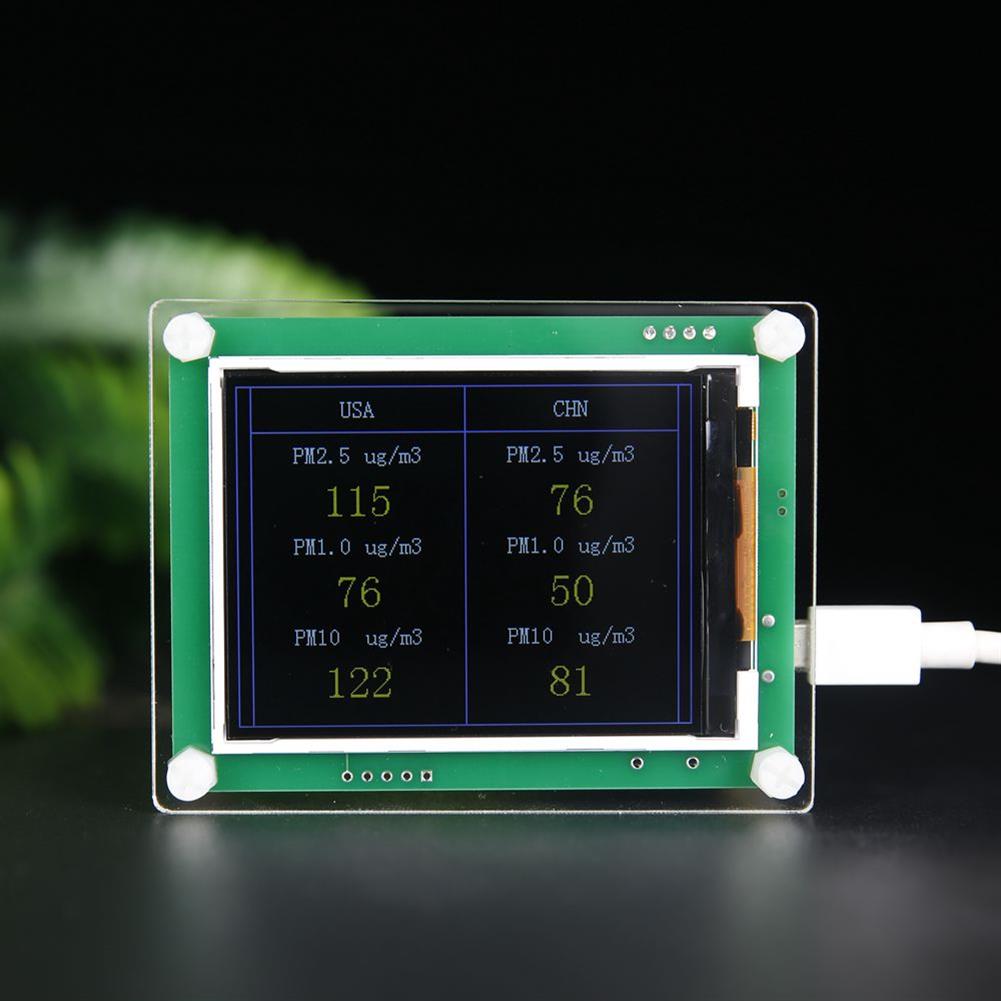
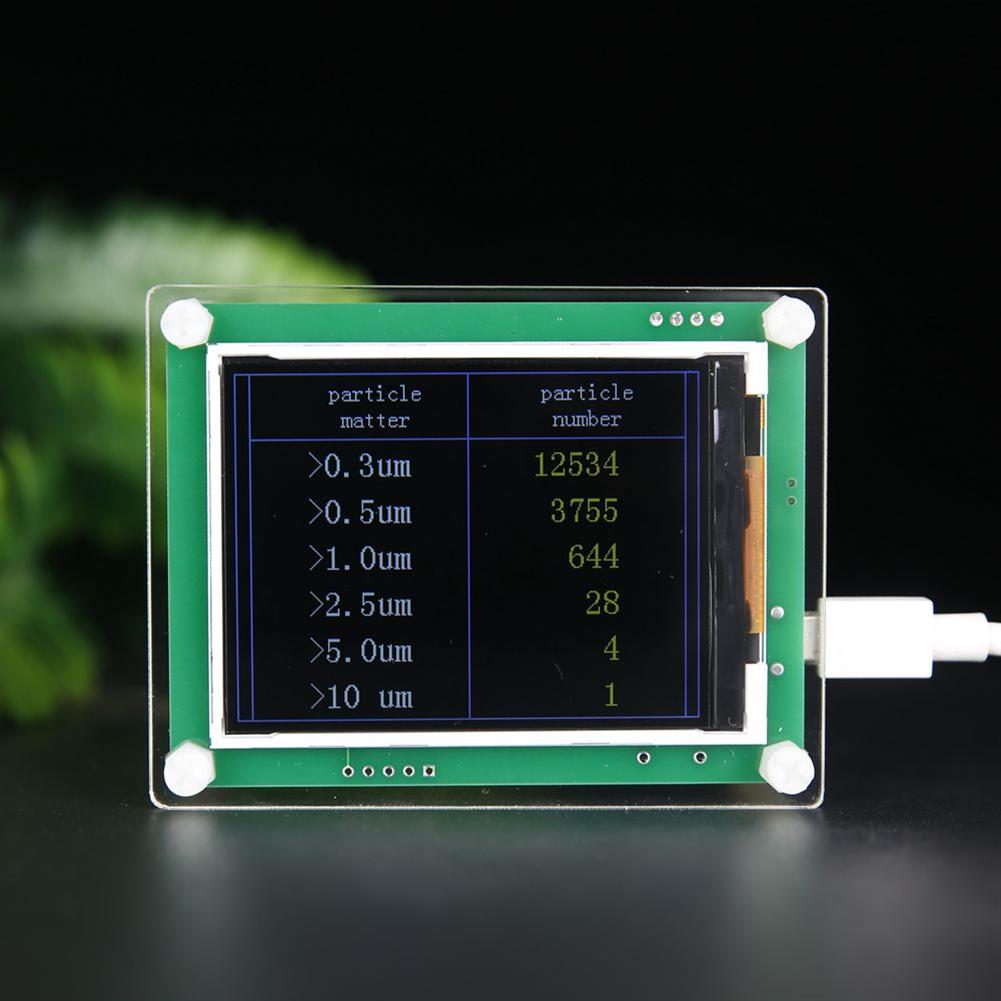
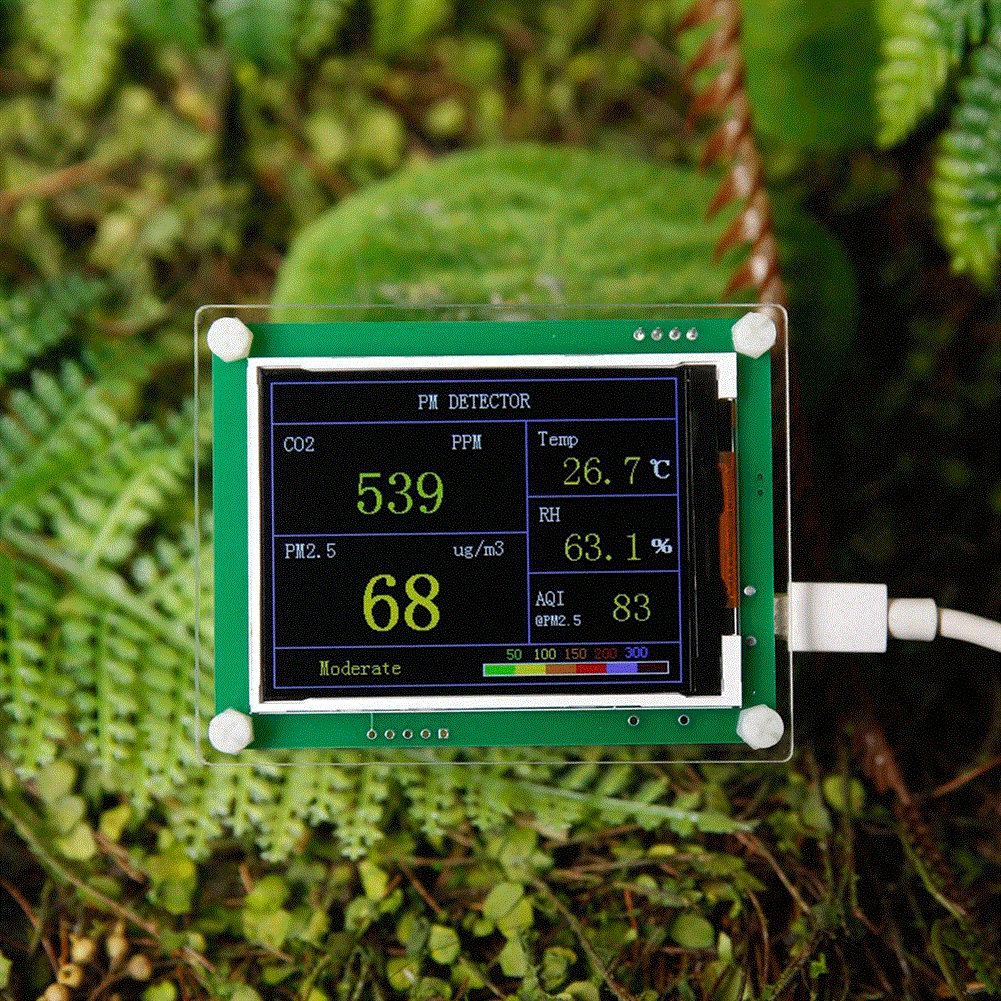
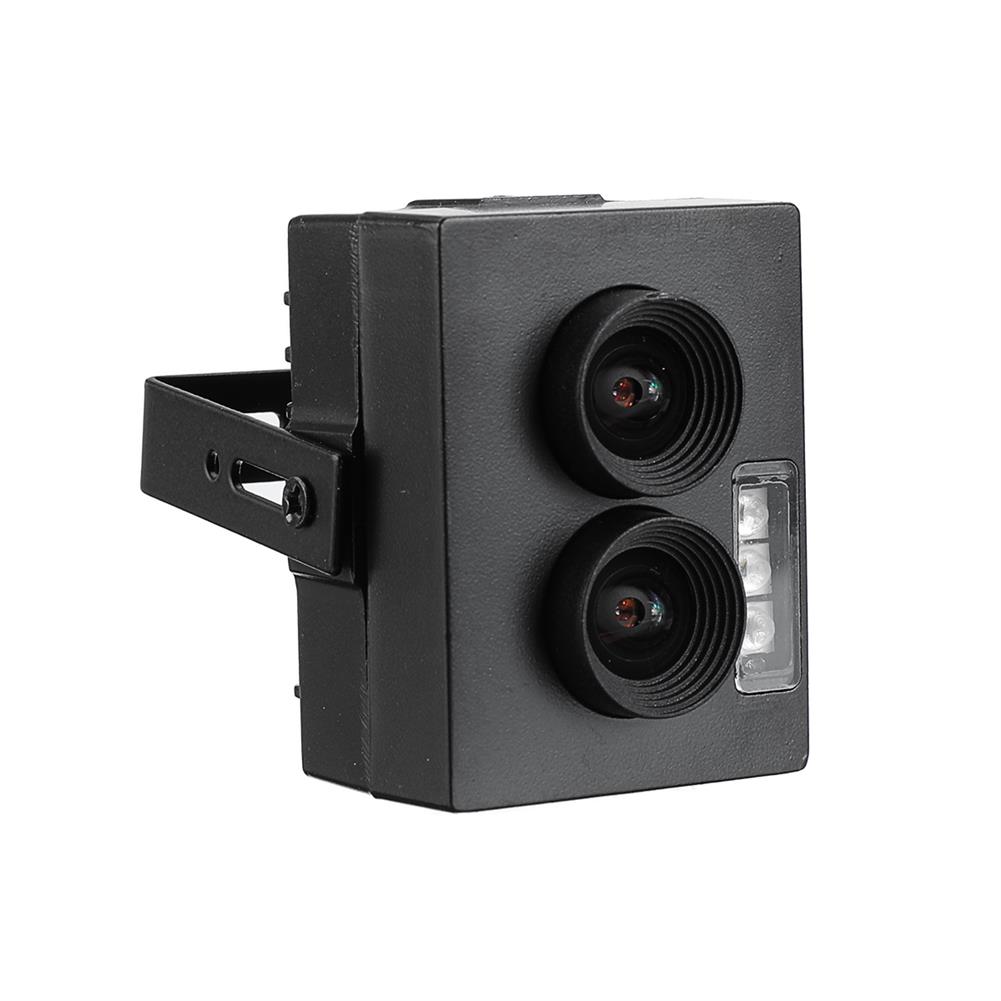
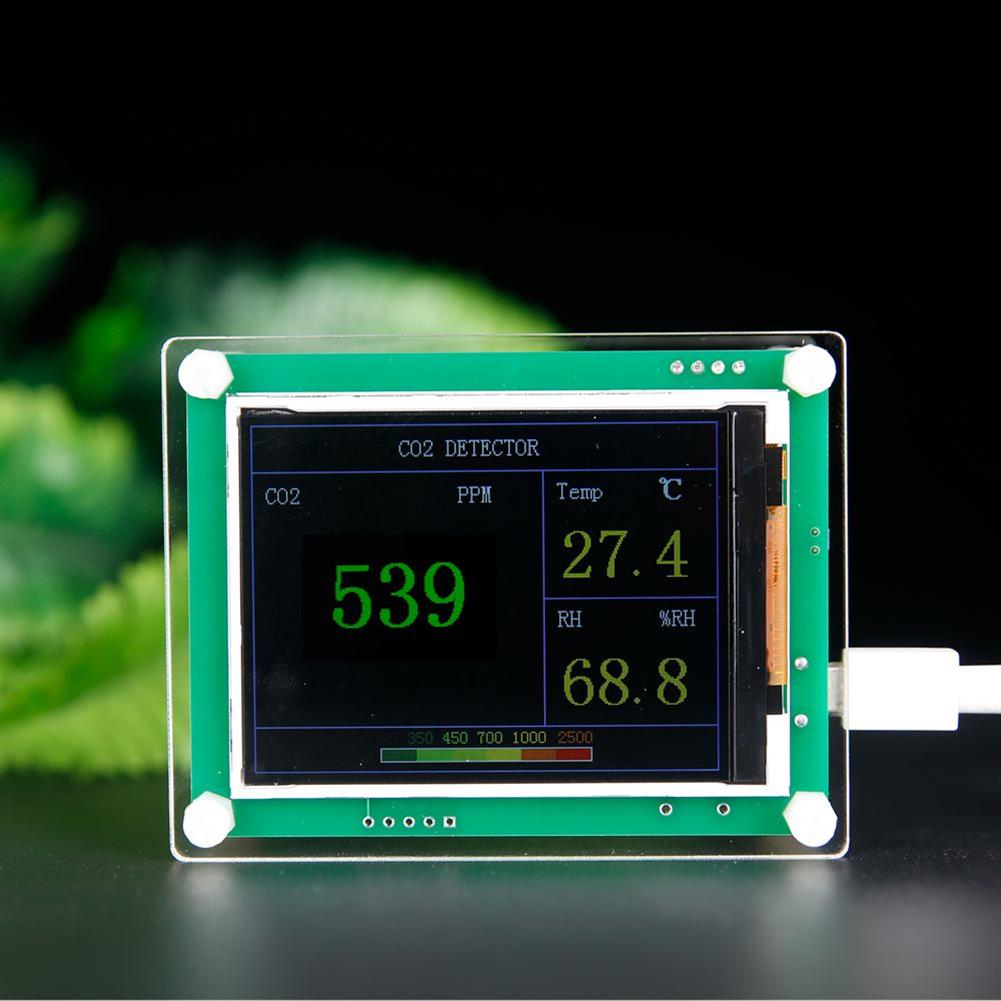




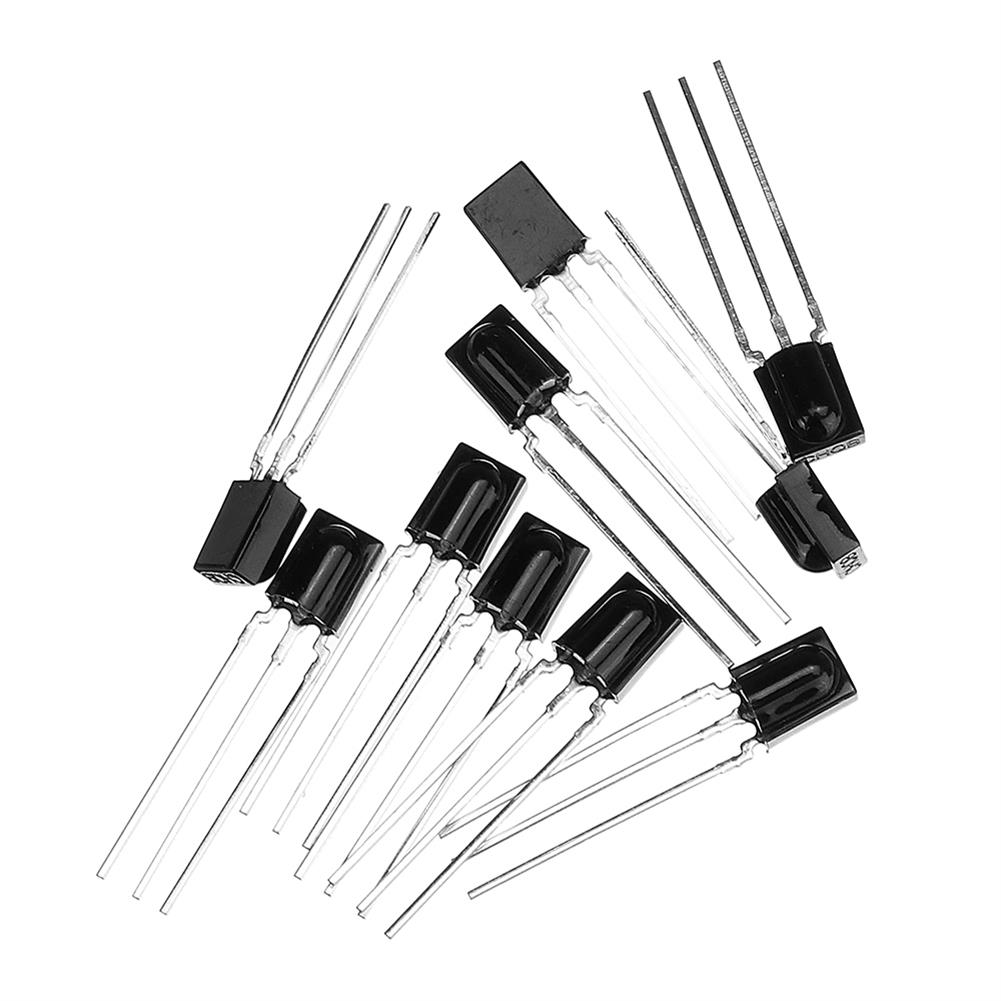
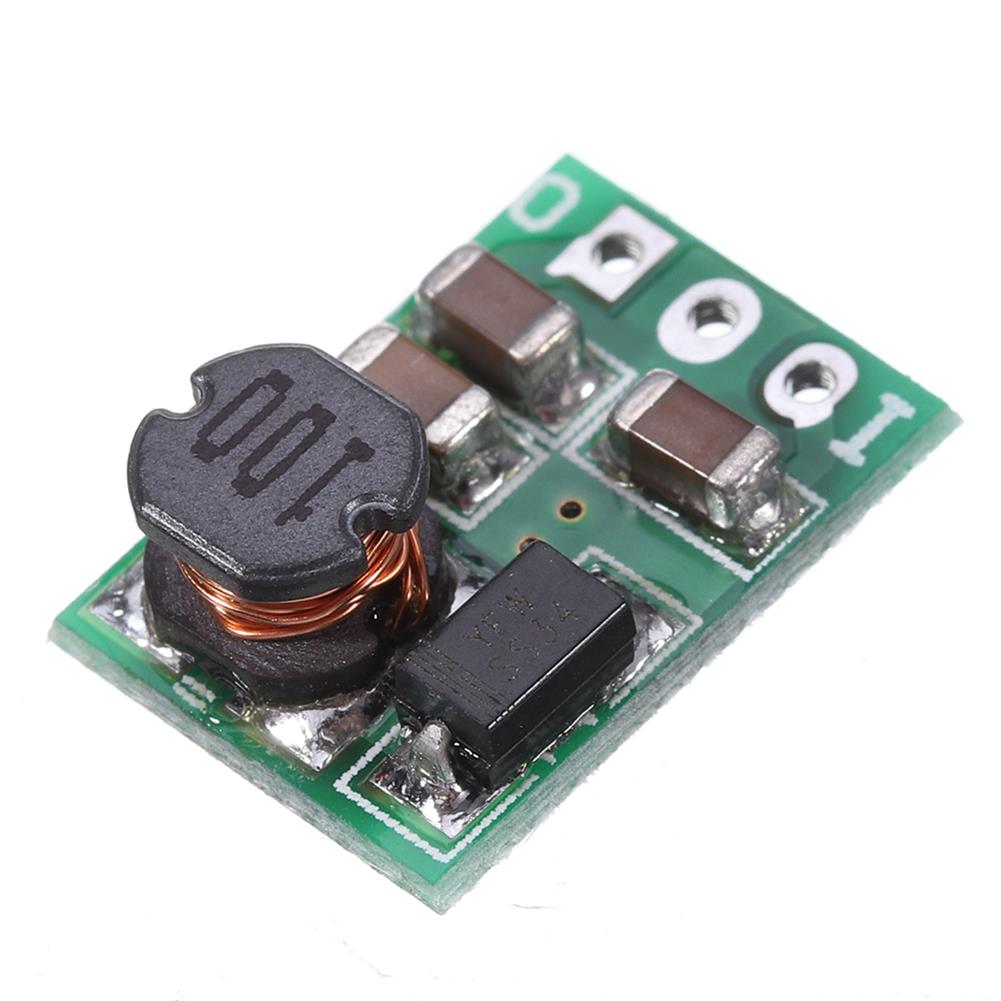
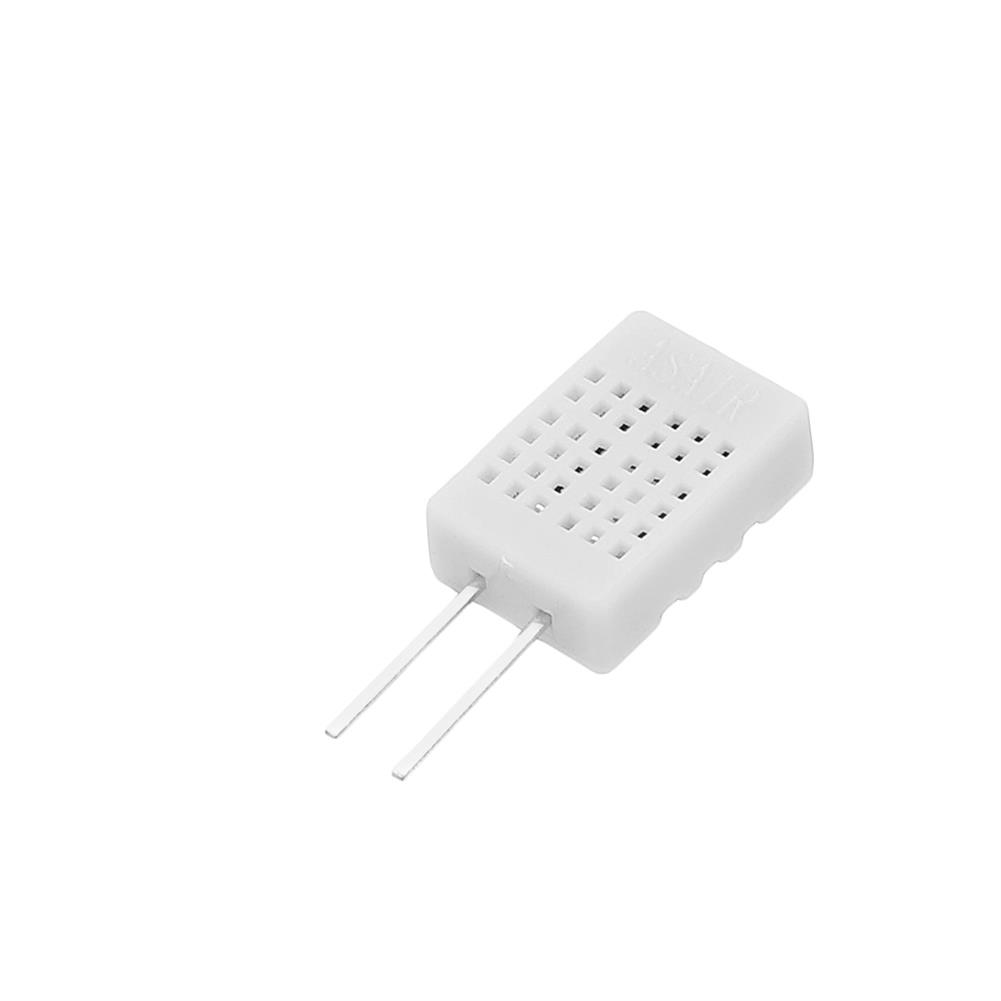


Reviews